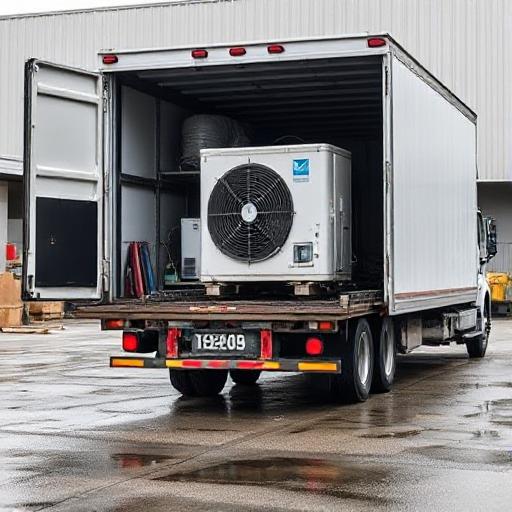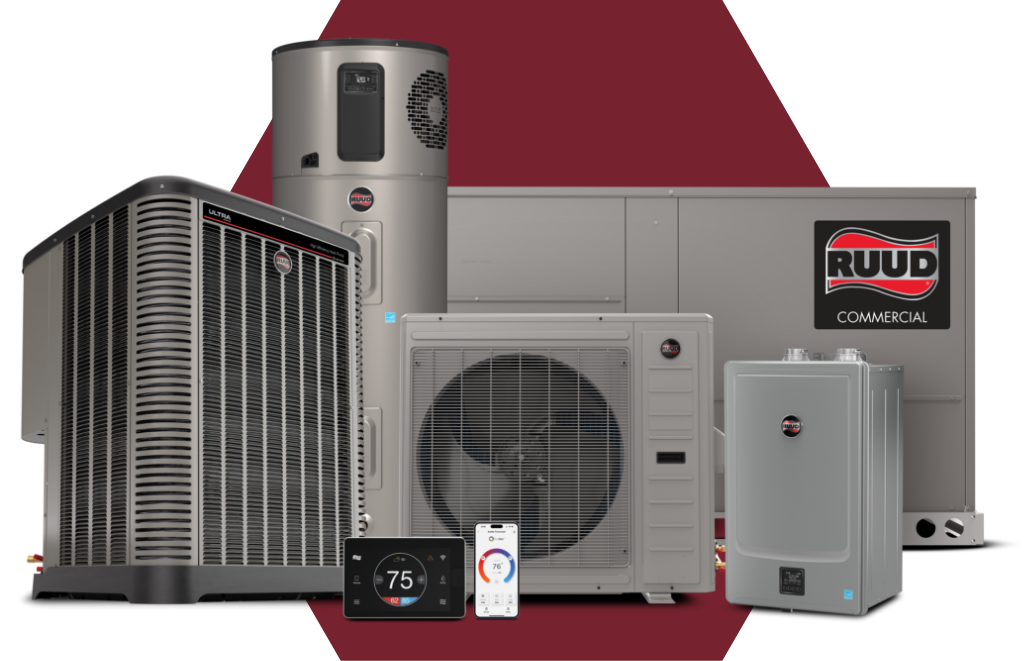Embracing Digital Maintenance Logs for HVAC Technicians in 2025
Welcome to the future of HVAC maintenance! If you’re still wrestling with paper logs and scattered data, it’s time to embrace the digital revolution. The shift to digital maintenance logs isn’t just a trendy move—it’s a strategic upgrade that can enhance efficiency, accuracy, and accountability in your HVAC operations. Let’s dive into how you, as an HVAC technician, can leverage this technology to streamline your workflow and boost your business’s bottom line.
Why Go Digital with HVAC Maintenance Logs?
Imagine having all your equipment’s service history and specifications at your fingertips. That’s precisely what digital HVAC maintenance logs offer. By using QR codes on equipment, you and your team can instantly access detailed service histories and complete checklist steps directly on mobile devices. This approach not only reduces missed tasks but also centralizes time-stamped records by unit and technician in real-time.
Benefits of Digital HVAC Maintenance Logs
Switching to digital logs brings numerous advantages:
- Improved accuracy and reduced human error.
- Effortless record-keeping and retrieval of service histories.
- Real-time cloud submission of maintenance activities.
- Enhanced accountability with photo notes and timestamped records.
- Integration with predictive maintenance apps for better ROI.
Implementing QR Code Equipment Tracking
QR-coded equipment IDs are at the heart of digital logs. By scanning a QR code, you can instantly access equipment specs, past service records, and maintenance checklists. This innovation ensures that you have all necessary information at hand, minimizing downtime and enhancing efficiency.
Streamlining Workflow with Cloud-Based HVAC Service Logs
Cloud-based HVAC service logs enable seamless data integration and accessibility. Whether you’re on-site or in the office, you can update and review maintenance records without the hassle of physical paperwork. This not only saves time but also ensures that all team members are on the same page, boosting overall productivity.
Ensuring Successful Implementation
While the benefits are clear, implementing digital systems requires careful planning. Successful adoption hinges on effective change management and comprehensive training. Engage your team in the process, clarify roles, and ensure strong leadership support to avoid common pitfalls associated with CMMS project failures.
FAQs About Digital HVAC Maintenance Logs
What are the key benefits of using digital HVAC maintenance logs?
Digital logs improve accuracy, streamline workflows, and provide easy access to equipment histories, enhancing overall efficiency and accountability.
How can QR codes enhance HVAC maintenance processes?
QR codes allow technicians to quickly access detailed service records and equipment specs, improving accuracy and reducing downtime.
Are there security concerns with cloud-based HVAC service logs?
While data security is a concern, choosing reputable platforms and implementing robust security measures can mitigate risks effectively.
What are the common challenges in adopting digital maintenance logs?
Challenges include ensuring user engagement, effective change management, and overcoming connectivity issues with remote monitoring platforms.
How can digital logs improve preventive maintenance strategies?
Digital logs facilitate predictive maintenance, enabling more efficient scheduling and reducing unplanned downtime, ultimately saving costs.
Ready to revolutionize your HVAC maintenance processes? Embrace digital logs today and experience the transformation in efficiency and productivity. For more information, explore our detailed guides or reach out to our experts for personalized advice.
Take the leap to digital today and streamline your maintenance workflow for a more efficient tomorrow!








